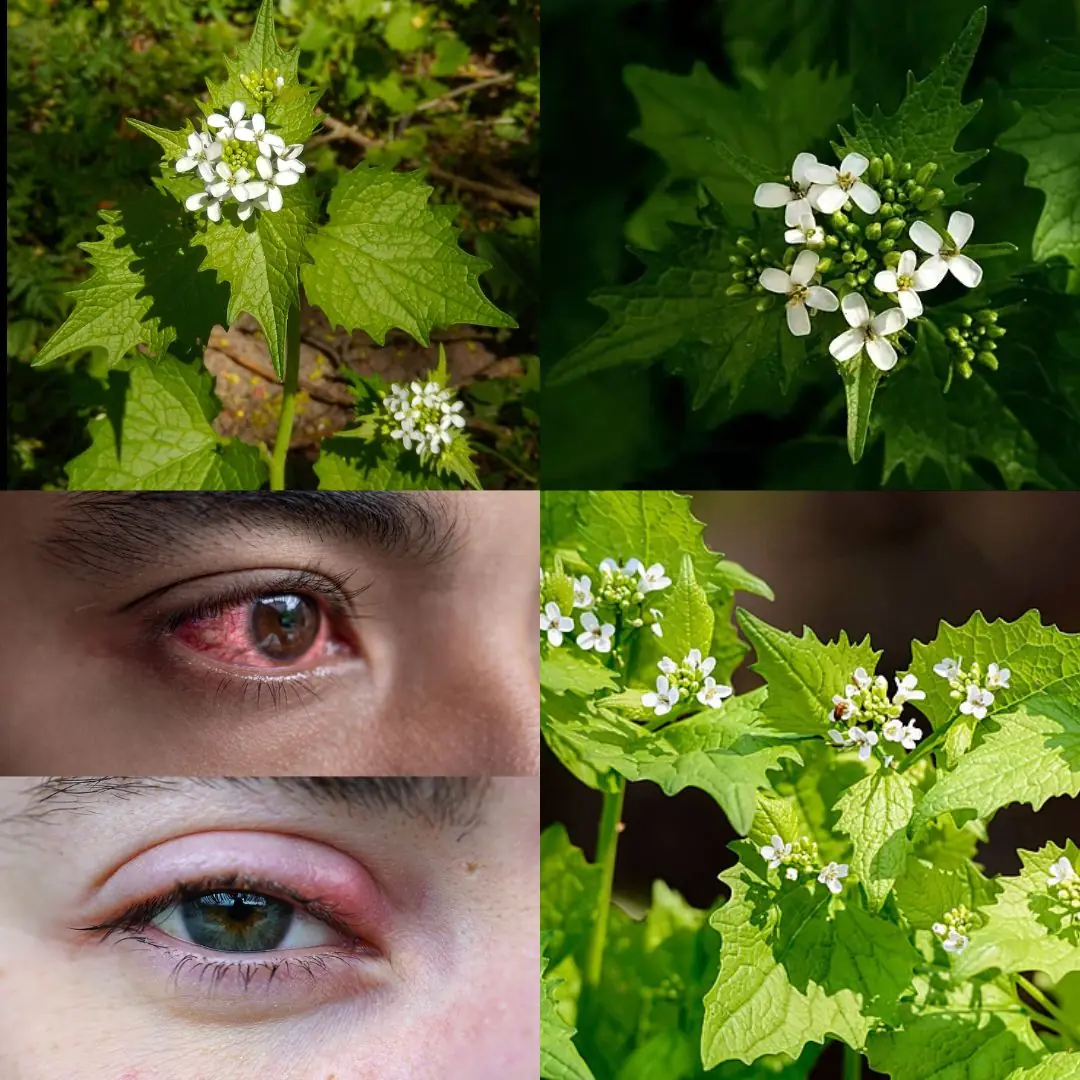
SHOCKING NEW STUDY REVEALS WHAT MIGHT BE SILENTLY DESTROYING HUMAN FERTILITY
In recent years, scientists have raised growing concerns about a quiet but alarming trend: the steady decline in human fertility around the world. Fewer people are able to conceive naturally, sperm counts are dropping at an unprecedented rate, and reproductive disorders are becoming more common in both men and women. A shocking new study has now revealed that this crisis may not be caused by genetics or lifestyle alone, but by something far more insidious — invisible environmental factors that are silently destroying human fertility.
According to the study, published in a leading medical journal, exposure to endocrine-disrupting chemicals (EDCs) may be one of the primary culprits behind the global fertility decline. These chemicals are found almost everywhere — in plastics, cosmetics, pesticides, cleaning products, and even the food we eat. EDCs mimic or interfere with the body’s hormones, especially those responsible for reproduction, such as estrogen and testosterone. Over time, even small amounts of exposure can have significant effects on fertility and reproductive health.
The researchers found that men exposed to high levels of these chemicals showed drastic reductions in sperm count and motility, while women experienced hormonal imbalances, irregular menstrual cycles, and higher rates of miscarriage. Even more concerning is the fact that these substances can accumulate in the body and be passed from mother to child during pregnancy. This means the next generation may already be affected before they are even born. Some scientists have called it a “silent epidemic” because its effects develop slowly and are often invisible until it’s too late.
Another shocking discovery is that microplastics — tiny plastic particles less than 5 millimeters in size — have been found in human blood, lungs, and even in reproductive organs. These microplastics come from everyday items such as bottled water, synthetic clothing, and food packaging. Once inside the body, they can release toxic chemicals that damage cells and disrupt hormonal balance. The study suggests that these particles may interfere with the delicate process of sperm and egg development, leading to infertility or birth defects.
Lifestyle factors also play a role, but they are often linked to these same environmental toxins. For example, fast food, sugary drinks, and processed meals not only contribute to obesity but also contain preservatives and packaging chemicals like phthalates and bisphenol A (BPA) — both of which are known endocrine disruptors. Even personal care products such as shampoos, deodorants, and perfumes may contain hidden chemicals that affect fertility over time. The modern world, it seems, has surrounded us with substances that quietly undermine our reproductive health.
The study’s findings are deeply worrying, but they also offer hope by identifying ways to protect ourselves. Experts recommend several steps to reduce exposure to these fertility-damaging toxins. First, avoid heating food in plastic containers and switch to glass or stainless steel alternatives. Second, choose natural or organic personal care and cleaning products that are free from harmful chemicals. Third, eat fresh, unprocessed foods whenever possible, as processed and packaged items are the main sources of EDCs. Finally, advocate for stronger environmental regulations to limit the use of hazardous chemicals in manufacturing and agriculture.
Beyond individual choices, the researchers emphasize the need for urgent government action. They argue that fertility decline is not just a personal issue but a public health crisis that could affect future population stability and global development. If current trends continue, the world could face a severe fertility collapse within a few decades. Protecting reproductive health must therefore become a top priority for policymakers, scientists, and ordinary citizens alike.
In conclusion, the shocking new study revealing what might be silently destroying human fertility serves as a wake-up call for humanity. The invisible threat posed by chemicals, plastics, and pollutants is not just harming the planet — it is endangering our very ability to create life. By understanding the risks and taking collective action, we still have the power to reverse this trend and safeguard the future of human reproduction. Awareness, responsibility, and environmental care may be the keys to preserving the most fundamental gift of all — the ability to bring new life into the world.
News in the same category

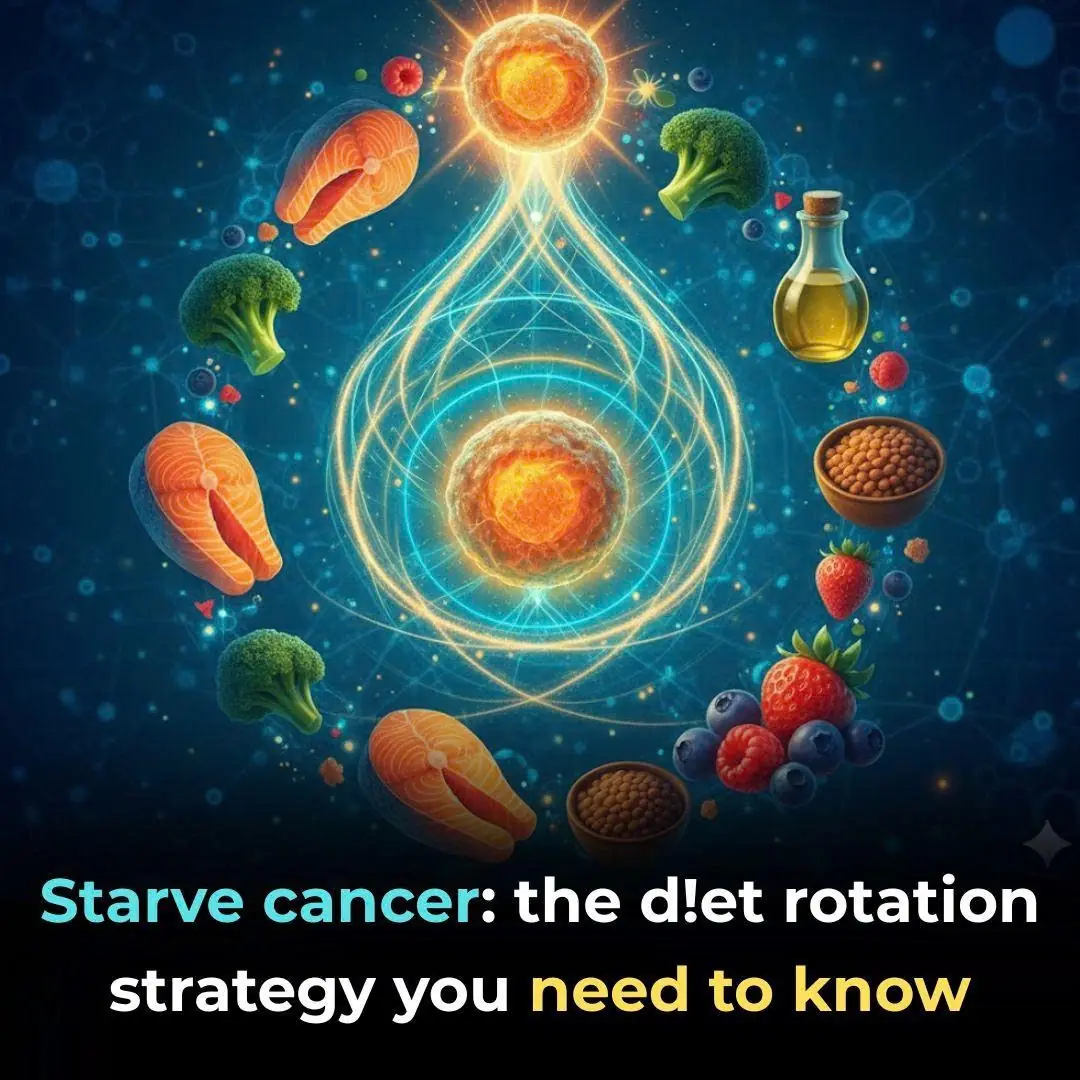
Starve cancer: the diet rotation strategy you need to know

Nurse who's witnessed 'so many deaths' explains spine-chilling moment she realised 'what happens after we die'
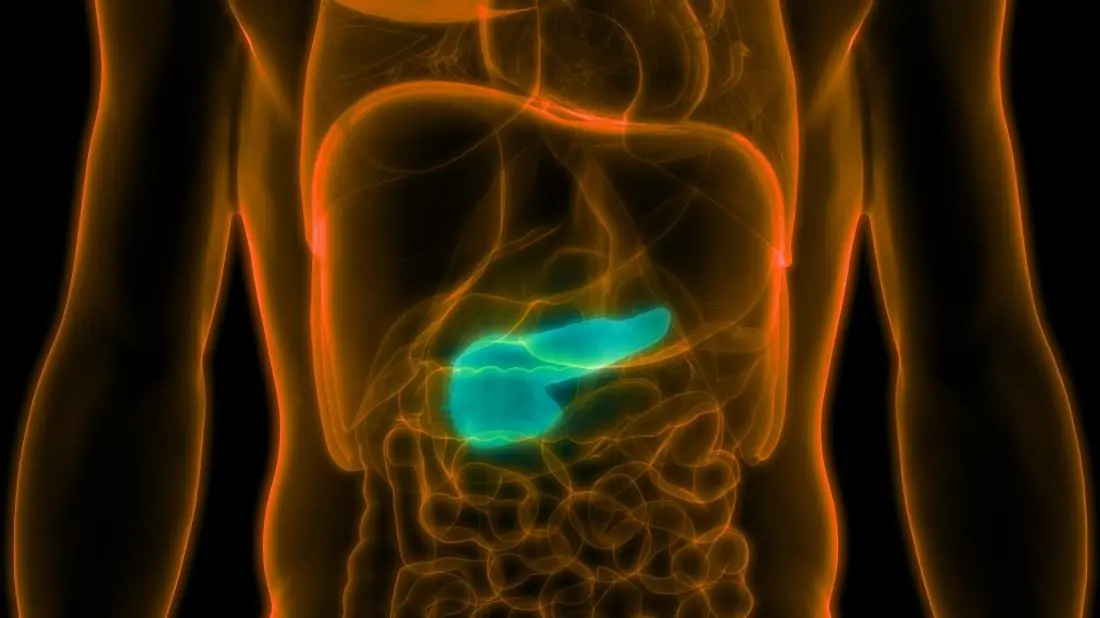
The influenza flu virus is being used to cure pancreatic cancer

Eye Doctor Reveals What To Do If You Start Seeing ‘Floaters’
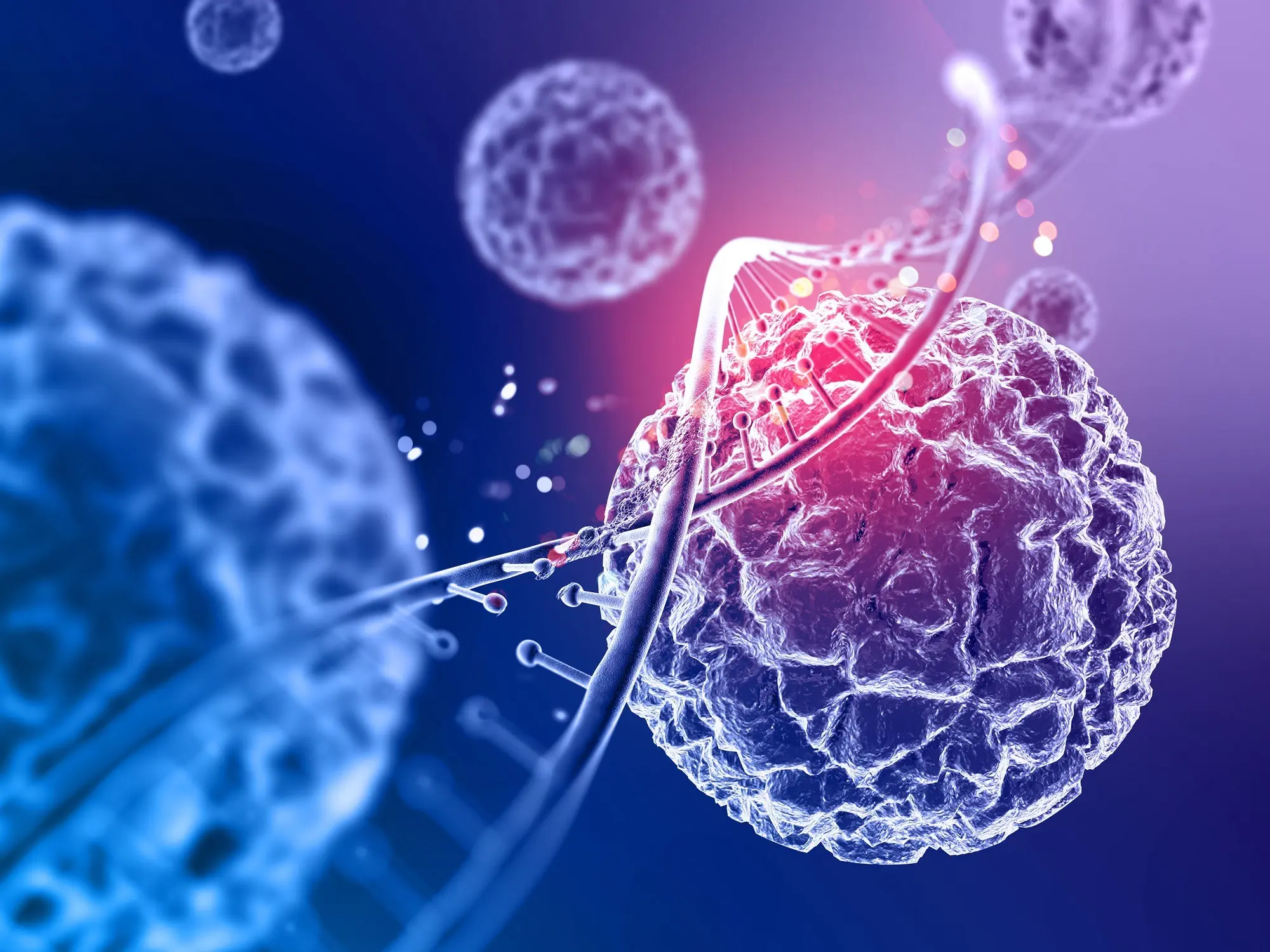
If cancer cells are present in the body, these 3 symptoms often appear in the morning everyone should pay attention

3 foods you thought were bad for diabetes (but aren’t!)
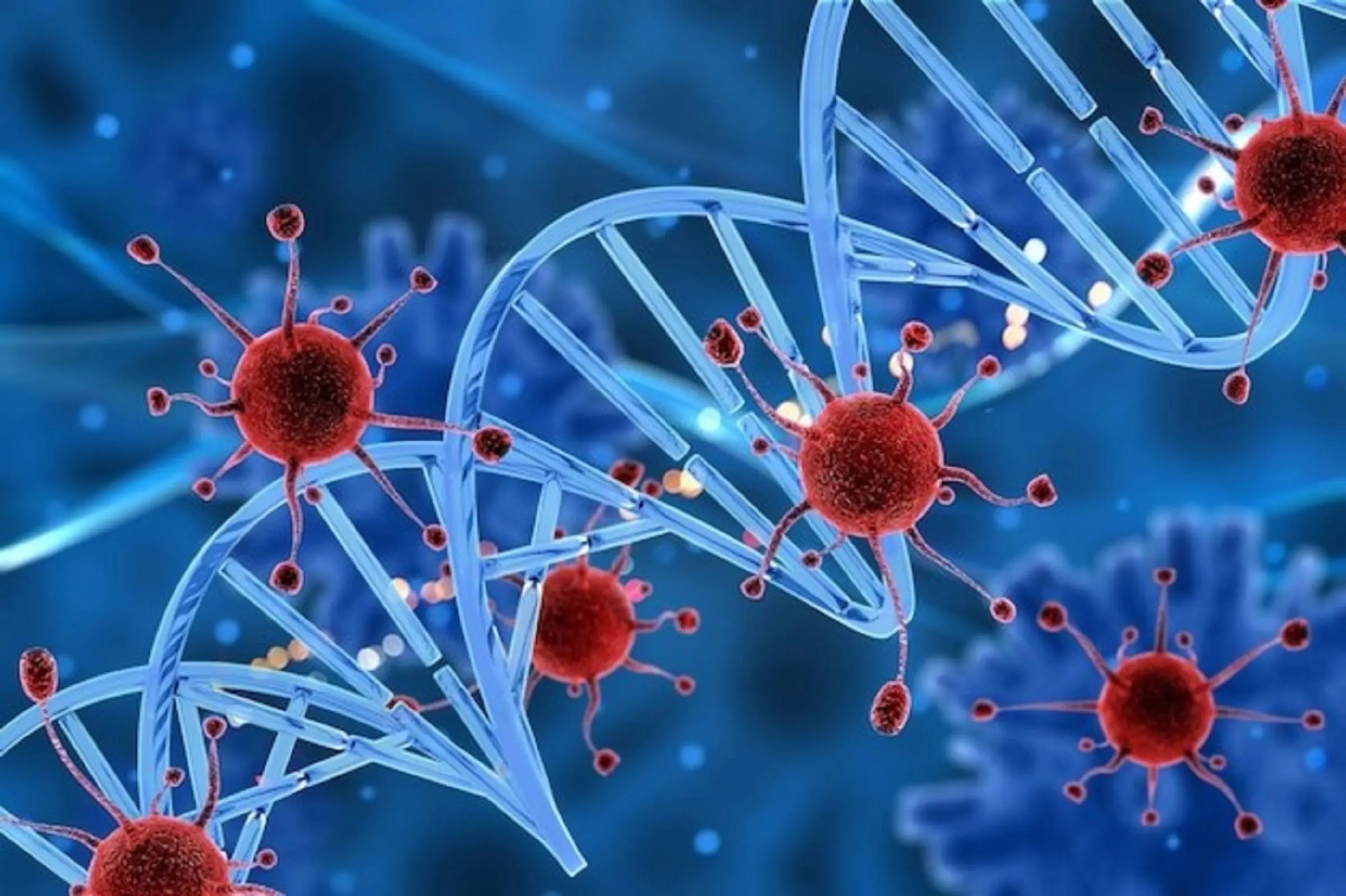
CANCER IS PAINLESS AT FIRST, BIT IF YOU SEE THESE 8 SIGNS WHEN GOING TO THE TOILET, YOU SHOULD SEE A DOCTOR IMMEDIATELY

Sleeping Naked: 8 Surprising Benefits

What Happens To Your Skin When You Rub An Ice Cube On Your Face

🤢 The Real Causes of Constant Phlegm and Mucus in Throat — And How to Get Rid of It

The Tennis Ball Trick That Can Relieve Back, Neck Or Knee Pain In Seconds

One scoop a day heals your body from the inside out — watch what happens

🧠 A Stroke Can Happen Suddenly — But Your Body Might Send Early Warnings (Know the Signs)

Are You Being Lied To About What Your Blood Pressure Should Be? — Read This Before You “Chase the Number”

The 7 silent causes of bad leg circulation

4 simple moves after eating that flatten blood sugar spikes

This Miraculous Drink Will Work Wonders for Your Thyroid
News Post

5 Amazing Benefits Of Aloe Vera Gel For Skin: Large Pores, Dark Spots, Wrinkles

Clove & Lemon Collagen Drink: Wrinkle Free, Glowing Skin

Unlock Your Body’s Hidden Power: Try Garlic and Honey on an Empty Stomach for 7 Days

Tragus Piercing What Does It Mean

9 Health Benefits of Pine Needles

Unlock The Incredible Health Benefits of Garlic, Ginger and Lemon for Men

A special method to grow garlic in plastic bottles

7 Benefits of the Miracle Leaf of Life

7 Amazing Health Benefits of Banana Blossoms

Boiling Sweet Potatoes: Don’t Just Add Plain Water—Add This Spoonful for Perfectly Fluffy, Sweet Results

The Science Behind Putting a Cotton Swab in a Menthol Oil Bottle
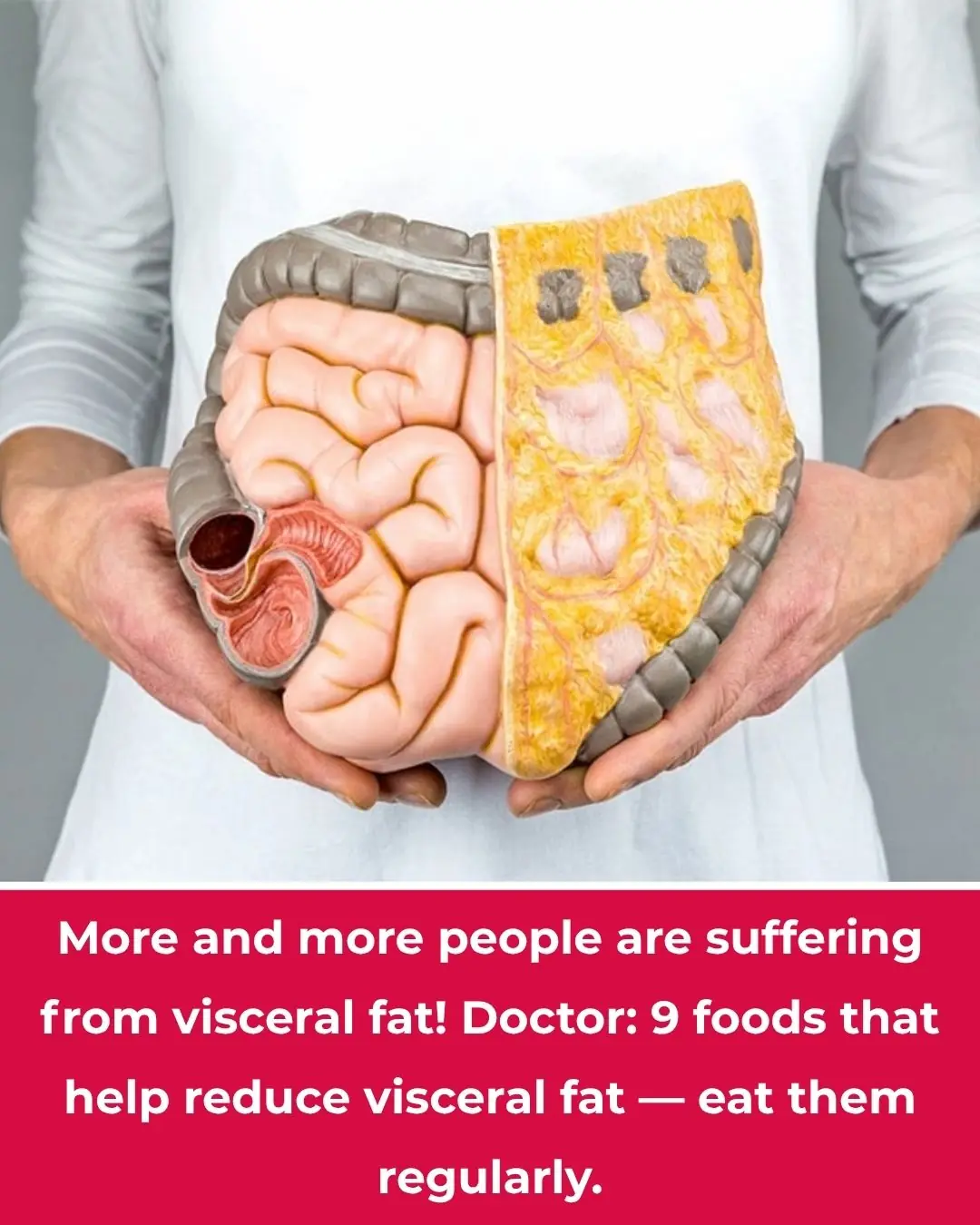
More People Are Struggling with Visceral Fat — Doctors Reveal 9 Foods That Help Burn It Naturally

Black Turmeric vs. Yellow Turmeric: Which One Is Better?

Starve cancer: the diet rotation strategy you need to know

Like to see more from Tips for the Home

💪 Sarcopenia: Why Muscle Loss Happens & How to Fight It (After 50)

I Had No Idea About This!

These Ideas Are Amazing: 10 Clever Ways to Use Dryer Sheets Beyond the Laundry Room

Most Don’t Know: 13 Brilliant Ways to Use WD-40 Around the House
